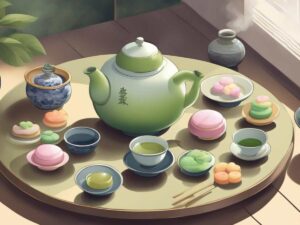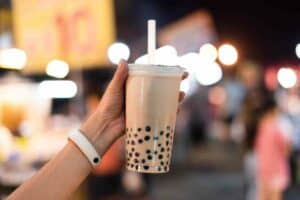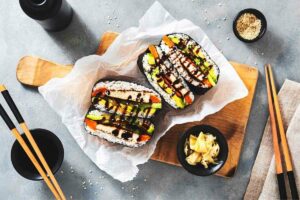Choya, also called Umeshu, is a traditional Japanese liqueur made using ume fruit.
Unlike other flavored alcoholic beverages that comprise the drink, it contains actual fruit inside the bottle.
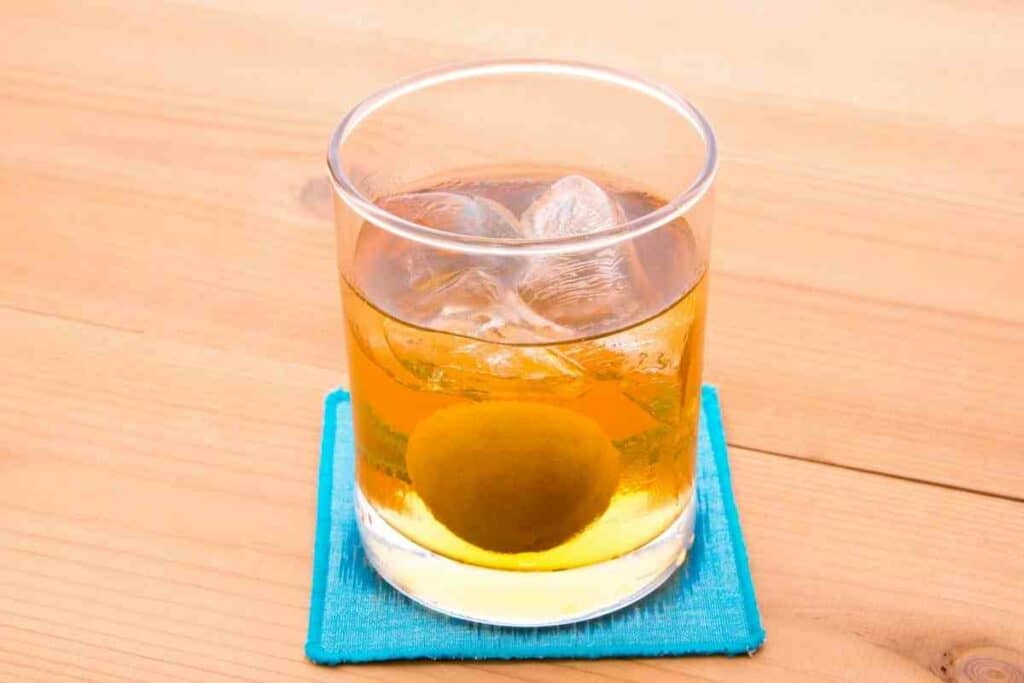
These fruits resemble plums and are harmless to people. So yes, you can eat the plums in Choya and enjoy their health benefits.
Table of Contents
What makes Choya unique?
Choya is a fine liqueur made from mixing ume extract with alcohol.
During the aging process, the fruit remains intact.
The drink’s trademark tangy flavor comes from the citric acid in the fruit. Besides tastiness, Umeshu is also a potent appetizer.
Additionally, Umeshu contains malic and succinic acids. These ingredients rejuvenate you when tired.
As a Result – The drink is hugely popular during hot summer afternoons, when the soaring heat causes fatigue.
However, this drink’s unique aspect is its addition of alcohol during its production.
Adding ethanol allows the extraction of the distinctive ume flavor from the entire fruit – the skin, flesh, and the stone.
That’s the reason the drink has an inimitable fruity taste, with a tinge of almond and marzipan.
Everything you need to know about Choya
Choya doesn’t include artificial additives such as acidulants, colorings, and flavorings in its products.
Its manufacturing process adheres to the Japanese tradition of prioritizing quality and authenticity when making products for human consumption.
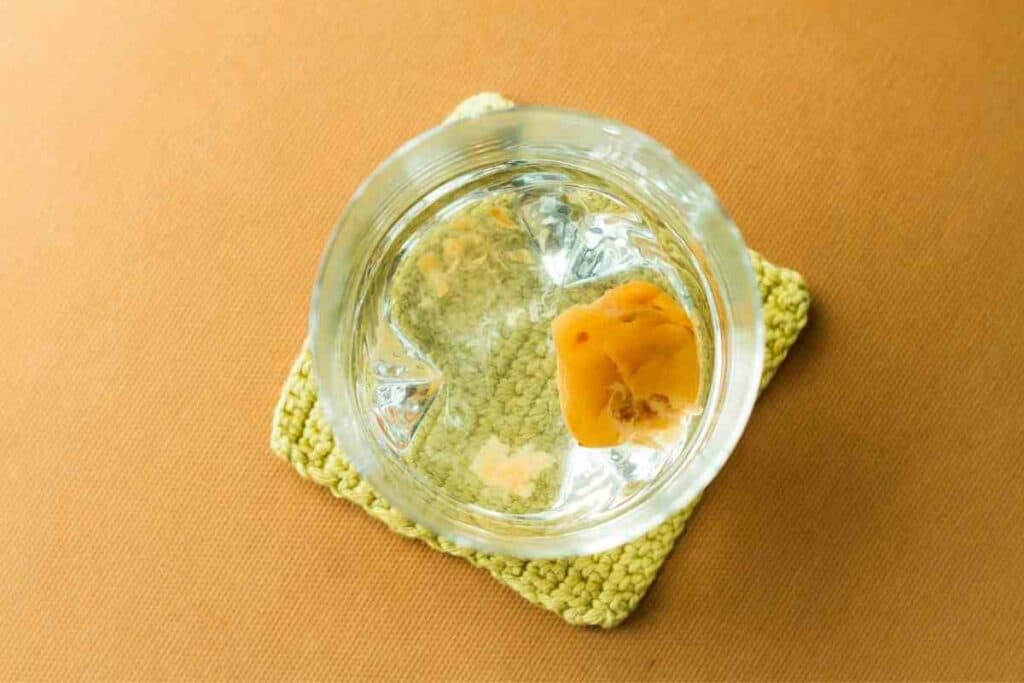
It takes at least 12 months of aging ume fruit to brew Choya Umeshu.
However, the prolonged process gives enough time to extract all essential ingredients from the ume fruit completely.
As a result, consumers are guaranteed premium flavor and aroma every time.
How is ume harvested?
Japan has four distinct seasons.
Every season is vital to the ume growing cycle.
Choya doesn’t come from any ume tree; its manufacturers prefer Nako-ume, a premium species renowned for its thick flesh and high acidity.
The plant, native to Wakayama, is deemed the best for brewing Umeshu liqueur.
However, only experienced farmers can harvest the crop to improve brew quality further.
What is the ume fruit?
Ume, known scientifically as Prunus mume, is a fruit in the Rosaceae group, which consists of plums, pears, apples, cherries, strawberries, etc.
However, many people mistake it for plums (Prunus domestica).
These two fruits have different properties.
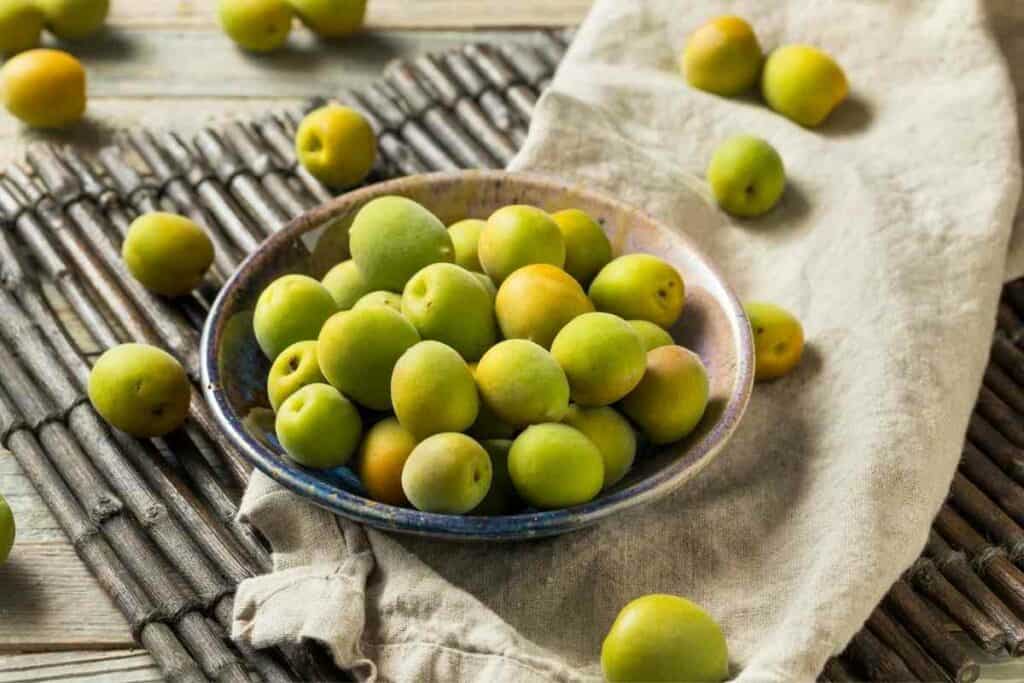
Ume is more acidic than plum. As the fruit ripens, it produces high quantities of citric acid, suppressing other organic acids.
The skin and flesh of the fruit contain polyphenols, an antioxidant found in fruit-bearing plants that boosts immunity and reduces cancer risk.
This also increases rapidly during maturity.
Moreover – Ume has several amino acids and other organic acids.
Uses of ume fruit in various cultures
Ume fruit is also known as the Chinese plum or the Japanese apricot.
It’s related to plums and apricots, hence the names. Although many English speakers call it a plum, it’s closer to apricots.
Since it’s native to Asia, the ume fruit has several uses in the region.
In China, Japan, Korea, and Vietnam, ume is an integral ingredient in:
- cooking
- juicing
- flavoring alcohol
- and making sauces
It’s also used as medicine, as locals claim it has anti-toxin properties.
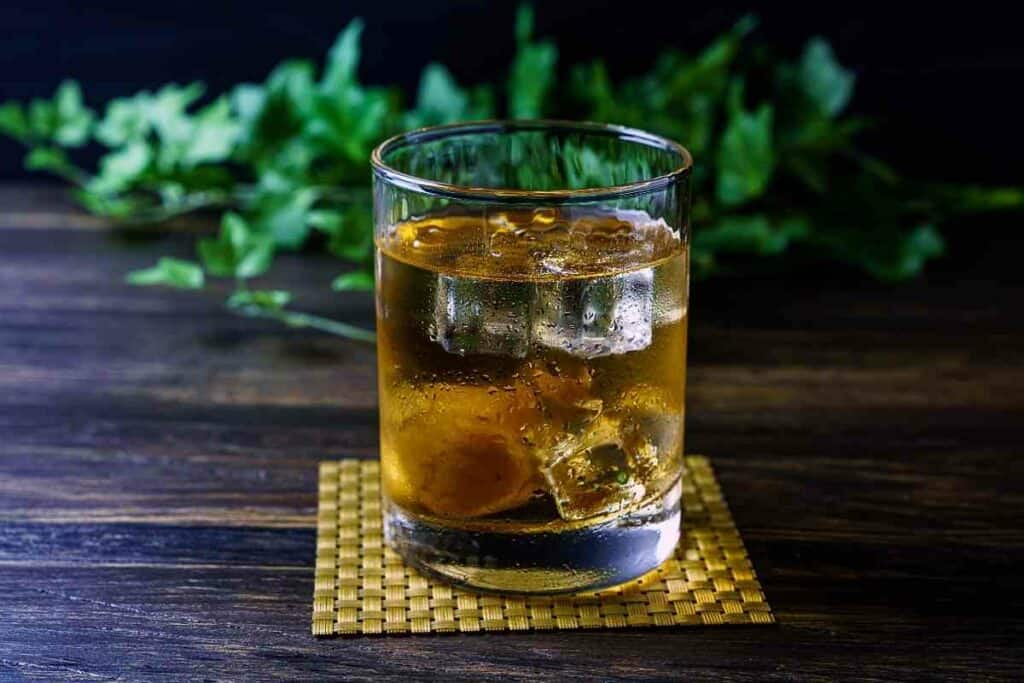
The fruit usually ripens in early summer, between June and July. Ripening coincides with the rainy season.
Ripe fruits have yellow skins, sometimes with red spots, and the flesh is yellow.
Upon maturity, farmers harvest it for use in cooking and wine-making.
Taiwan
In Taiwan and mainland China, ume is smoked to produce sour plum juice.
The plum juice is extracted by boiling smoked ume in water and sweetening it with sugar.
It’s usually purplish black and has a slightly salty and smoky flavor. The drink is served cold or with ice during summer.
Korea
In Korea, locals use fruits and flowers to make a plum tea blossom.
The plums and flowers are infused in hot water, left to sit for a few minutes, and then served.
Umeshu is arguably the most common product of the ume fruit. It’s a popular drink in Japan, Korea, and some parts of China.
China
Chinese people use unripe ume fruits to make sour plums, a delicacy of plums pickled with vinegar and salt.
Sometimes, they mix the plums with vinegar, chili, garlic, ginger, and sugar to produce a thick, sweet sauce.
What to Expect? This sauce tastes like duck sauce and is mainly used as a condiment for chicken and egg rolls. You can also use the seasoning on stir-fried meat to add tanginess.
Wrapping Up
East Asian countries are famous for their culinary diversity.
The ume fruit is a perfect example of how a single ingredient can serve multiple purposes, from flavoring alcohol to making teas.
Its most popular product, Choya Umeshu, has a signature tangy taste that locals and tourists enjoy during hot months.
Besides refreshment, the fruit has medicinal properties.
For example, eating fruit after finishing your drink enriches your body with polyphenols and antioxidants, which improve skin health and boost immunity.
- Japanese Traditional Sweets (Wagashi): A Guide to Their Origins and Varieties
- A Taste of Japan in Every Bite – Japanese Candy & Snack Box Review
- Bubble Tea vs Boba Compared: What’s the Difference?
- Best Izakaya Foods for a Relaxed Night Out (My Top 10 Picks)
- Edo Kiriko Whiskey Glasses (Japanese Heritage in Every Pour)
- Japanese Viral Foods on Social Media (Discover the Top 10)

